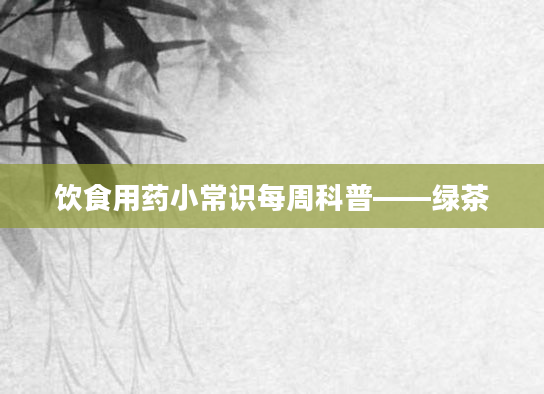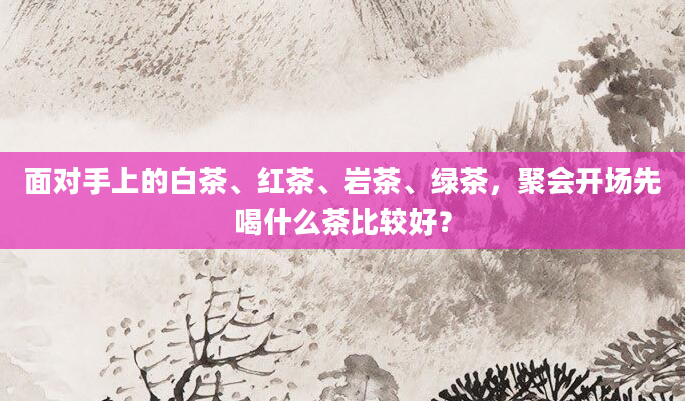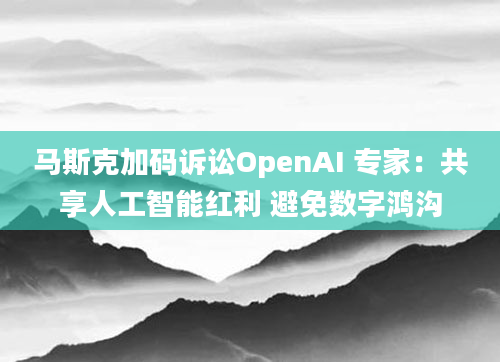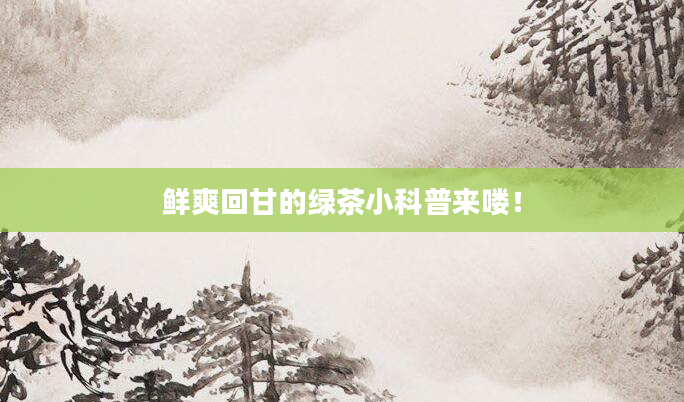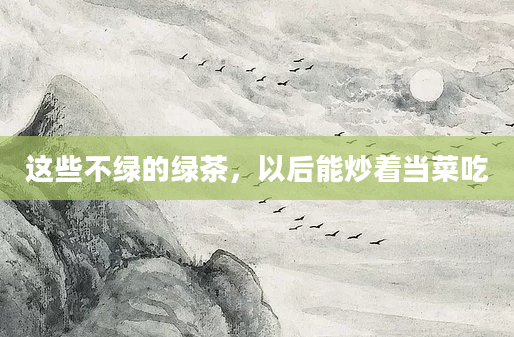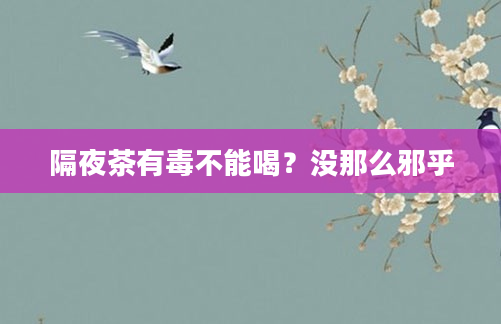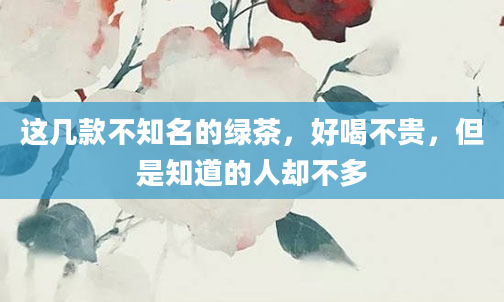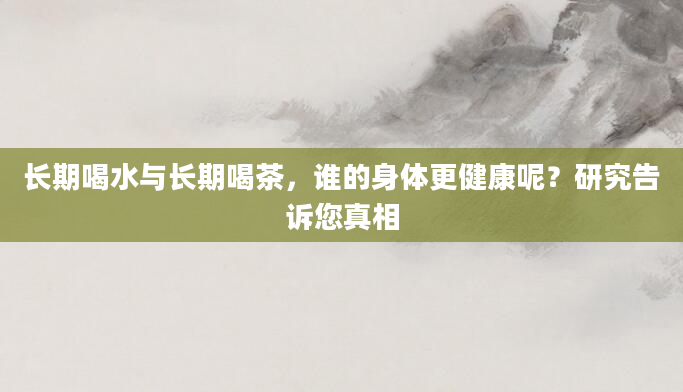The Rich History of Tea Culture: A Journey Through Time
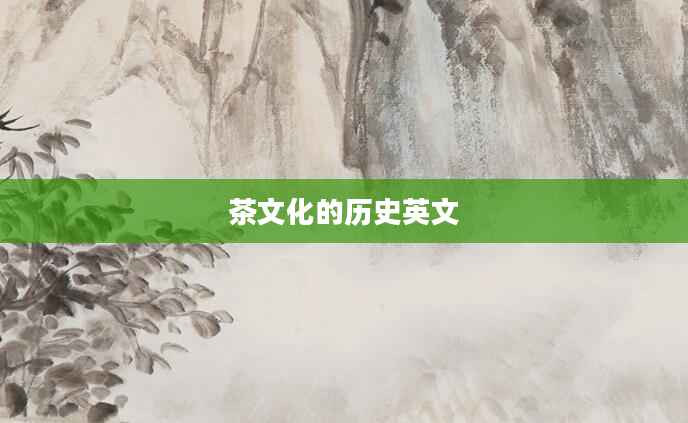
Tea culture, with its thousands of years of history, has left an indelible mark on societies across the globe. From its mystical origins in ancient China to its global spread as a beloved beverage, the story of tea is intertwined with tradition, trade, and transformation. Whether enjoyed in a quiet ceremony or as part of a bustling tea house experience, tea reflects the values and customs of the cultures that embrace it. In this article, we explore the fascinating history of tea culture, tracing its evolution and enduring influence.
The Ancient Beginnings: Tea in China
The earliest records of tea consumption date back to China’s Shang Dynasty (around 1600–1046 BCE), where it was used primarily for medicinal purposes. Legend credits Emperor Shen Nong, known as the “Divine Healer,” with accidentally discovering tea when leaves from a wild tree fell into his boiling water. Intrigued by its refreshing and detoxifying properties, he popularized its use. By the Tang Dynasty (618–907 CE), tea had become an integral part of Chinese daily life, leading to the creation of Lu Yu's The Classic of Tea, the first authoritative book on cultivating, preparing, and appreciating tea.
The Silk Road and Tea’s Global Expansion
As trade routes flourished, tea began to leave China’s borders. Through the Silk Road, merchants introduced tea to neighboring regions, including Japan and Korea. Buddhist monks played a significant role in spreading tea culture, as they valued its ability to aid meditation and promote alertness. In Japan, tea became central to the famed Japanese tea ceremony (chanoyu), turning preparation and consumption into a spiritual ritual.
The maritime trade routes brought tea to Europe in the early 17th century, where it quickly gained favor among nobility. The British Empire, in particular, embraced tea wholeheartedly, leading to the rise of afternoon tea customs. However, Europe’s growing demand for tea also fueled colonial exploitation, most notably in the Opium Wars and the establishment of large-scale tea plantations in British-controlled India.
Tea and Colonial Influence
Tea's popularity in Europe led to significant economic and political changes. The British East India Company dominated trade, and tea became a symbol of status in England. Meanwhile, Dutch traders introduced tea to North America, where it played a pivotal role in historical events like the Boston Tea Party—an act of rebellion that contributed to the American Revolution.
India and Sri Lanka (then Ceylon) emerged as major tea producers under British rule, with Assam and Darjeeling varieties gaining worldwide fame. The transition from Chinese to Indian tea production reshaped global tea economies, creating new cultural traditions along the way, such as masala chai in India.
Modern Tea Culture: A Blend of Tradition and Innovation
Today, tea culture continues to thrive in diverse forms. China and Japan maintain their deep-rooted tea ceremonies, emphasizing harmony, respect, and tranquility. England’s afternoon tea remains an iconic social tradition, while bubble tea from Taiwan has become a global phenomenon, blending classic tea with modern innovations.
Tea is no longer just a drink—it represents hospitality, health, and cultural identity. Whether sipping matcha in Kyoto or enjoying a spiced chai in Mumbai, people worldwide celebrate tea in ways that reflect their unique heritage.
The Future of Tea Culture
As sustainability and wellness trends grow, tea producers are focusing on organic farming practices and eco-friendly packaging. New variants, such as herbal infusions and functional teas, cater to health-conscious consumers while keeping ancient traditions alive.
From its mythical origins to its modern-day variations, tea culture remains an enduring legacy of human civilization, bridging the past and present one cup at a time.
Through centuries of history, tea has connected people across continents, cultures, and traditions. As its story continues to unfold, tea will always be more than just a beverage—it is a timeless expression of human creativity and connection.

